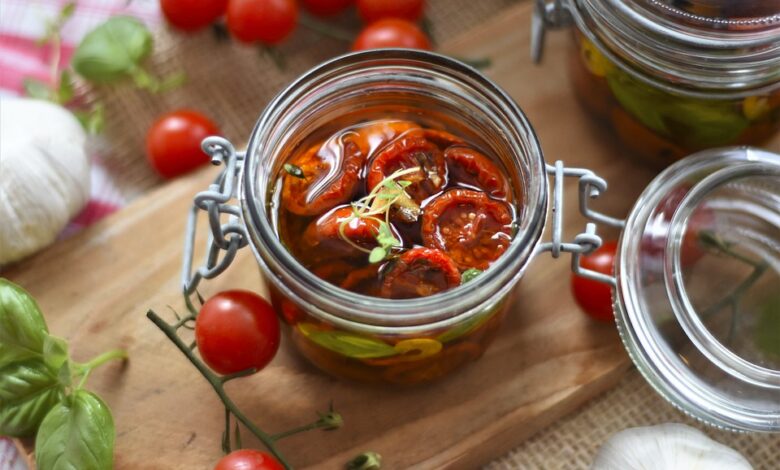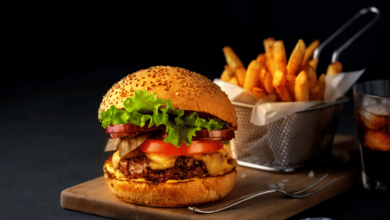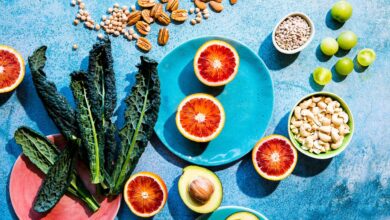
Storing Food 101: 7 Methods of Preserving Your Meals at Home
It is natural for us to prepare a lot of delicacies during an event or occasion. Whether it was a family member’s birthday or celebrating a holiday, we often cooked several dishes to join the festivities. But as we enjoy ourselves with massive quantities of food, there will be a lot of instances where there is too much for us to eat. We are all stuffed and have to loosen our belts due to our filled bellies. Now, here is the problem: as we are full, there are still leftovers. And it would be a waste to throw them.
To avoid wasting edibles, we should do our best to preserve them. That’s why relying on trusted sites like Recipes.net can help you prolong your food’s shelf life and also provide you with tons of food guides and recipes. But to give you ideas on preserving food, here are seven methods you can choose.
1. Canning
Do not let its name fool you! You probably use mason jars or something similar when doing this method at home. However, it is different. Instead, canning sealing food, either cooked or raw, inside an airtight and sterile container. But no worries! You will not need to have a factory or intricate machinery to can any edibles, and you will only need a pressure canner and canning jars, seals, rings, lids, a funnel, and a large pot for blanching.
This method involves getting rid of the bacteria within the jar using heat. Use the steam pressure in the airtight container. It then leaves a clean vacuum inside the container, making it safe for you to store your food for several months.
2. Pickling
Do you have excess fruits or vegetables? If you do, why not use the pickling method to preserve them! Although pickling will drastically change the taste of your preserved edibles, it will prolong their shelf life.
Unlike canning which requires a piece of equipment, all you need for pickling is a mixture of white vinegar, salt, and sugar. You will then boil this solution in a pan. Once you finish heating the mixture, put the fruits or vegetables you want to store inside an airtight container and pour the solution until the edibles are fully submerged. Pickling prevents harmful bacteria from infecting the food, as the environment made by the solution is bleak for them.
But there is no need to make a big deal out of the change in taste! You can use the submerged vegetables and fruits for other dishes, such as zucchini.
3. Drying
Bacteria live and thrive in moisture. As such, our edibles, most especially fruits and vegetables, will accumulate bacteria due to their natural waters. So, to prevent it from happening, feel free to apply the drying method to them. Aside from avoiding contamination, it preserves your fruits and veggies, too.
This method requires a dedicated dehydrator machine for you to execute it properly. Place the food you want to dry, and let the machine do its thing. Aside from fruits and veggies, you can also place legumes, spices, meat, and fish. If the edibles feel like a wet sponge, they are not yet thoroughly dried. It would help dry your edibles up to 95% first before storing them safely.
But if you do not have a dehydrator machine, you may opt to place your edibles on a metal tray then store them in a freezer. After entirely freezing them, transfer your food inside clean, airtight freezer bags. However, some food products will require you to do something first before freezing them. For instance, you will have to blanch potatoes in iced water first or treat apples with ascorbic acid before you can freeze them. These methods prevent the decrease of the respective edibles’ qualities.
4. Freeze drying
Dehydrating your food is not the only drying method you can do to preserve its shelf life, and you can also try an alternative – freeze-drying. This method uses sublimation or turning ice into ice by vaporizing the food in a freezer, dry ice, or a modern freeze-dryer unit.
The total time of the freezing process varies between three variables. The freezer’s slowest as it can take several weeks before the food completely dehydrates. The fastest is the modern freeze-dryer unit, which can take only a day.
5. Fermentation
If you are an avid eater of dishes that smell weird or funky, such as sauerkraut or kimchi, then you might be familiar with this preservation method. Fermentation is preserving food by turning carbohydrates into alcohol or organic acids. And if you are curious about how it happens, the food will ferment when you apply salt, whey, or a dedicated starter culture to water. This brine solution is where you will then place the food.
You can ferment fruits and vegetables by putting them in an airtight container then pouring a brine solution. Make sure to chop the edibles into smaller pieces and fully submerge them in the brine. The process will take around two days when fermenting fruit. Meanwhile, you can ferment vegetables quicker due to their lower sugar content.
6. Curing
Fruits and veggies are not the only perishable edibles that you should preserve. Prolong the shelf life of your fish and meat by curing them. This method involves three methods: soaking your proteins in saltwater solutions, smoking, or packing them with salt. These three options make curing easy to do at the comfort of your home and without any machines needed.
7. Freezing
And lastly, freezing is perhaps the most well-known method of preserving your food, especially if you live in the city or suburbs. This method delays the growth of harmful bacteria, mold, yeast, or anything that promotes spoilage in your food, and they only continue to grow when you defrost your edibles.
It is advisable to preserve your food better if you freeze room-temperature foods. Do not forget to remove the air and consume within six months!
In a Nutshell
While it is natural to cook many dishes for an event or occasion, it is still best to cook what you can eat. After all, it avoids the risk of wasting the edibles that you bought and took time to cook. But when you have excess meals, feel free to apply these methods! They will prolong your food’s shelf life, thus removing the need for you to throw them away.




